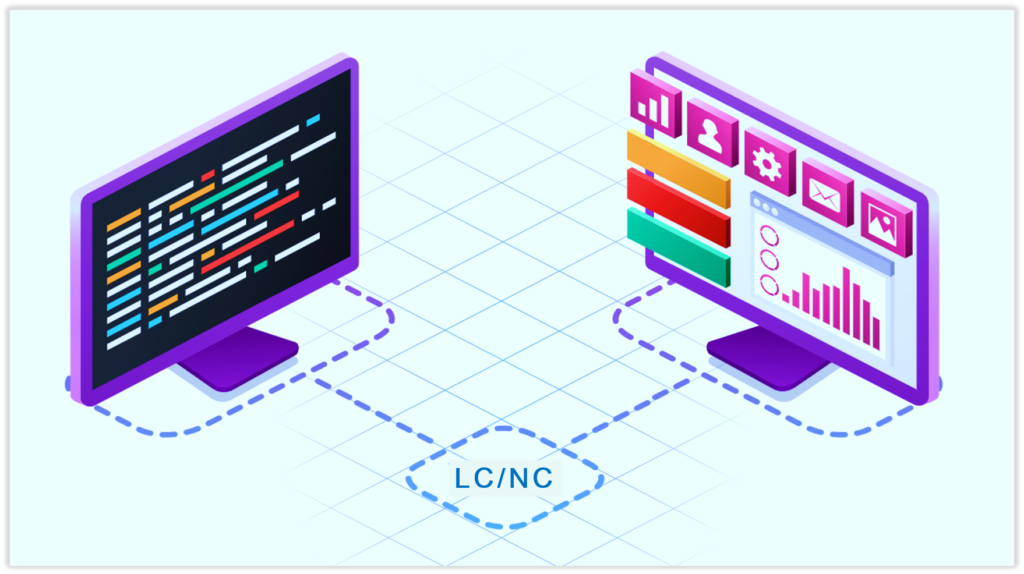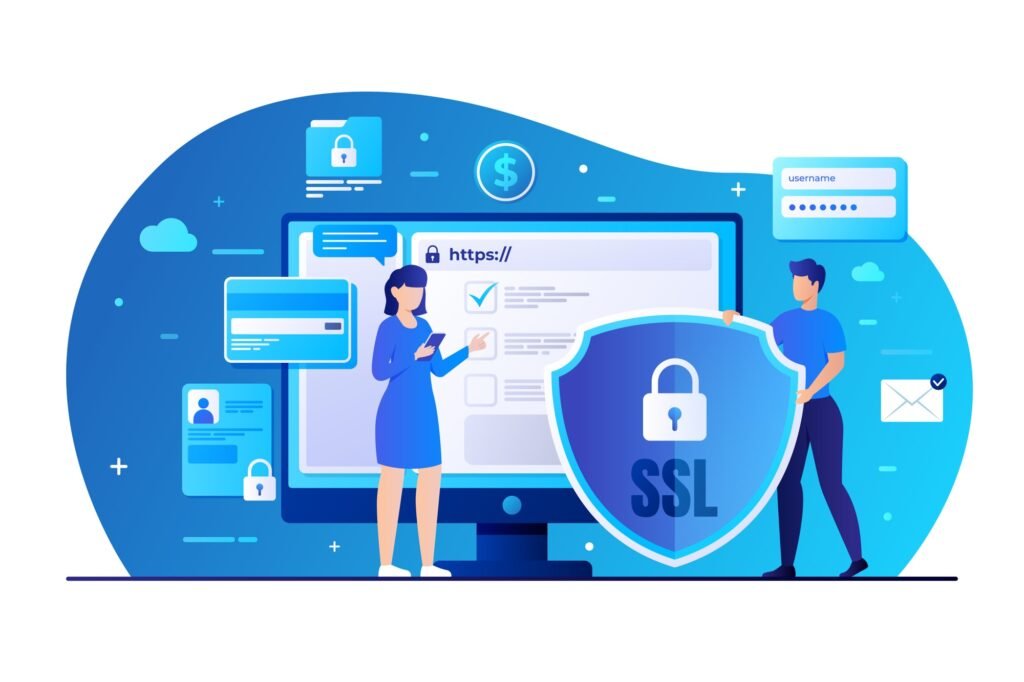The rise of low-code and no-code platforms has revolutionized how software applications are developed, making it easier for non-developers and citizen developers to build and deploy applications with minimal coding knowledge. In 2024, these platforms have become even more powerful and user-friendly, helping businesses quickly create apps without the need for extensive programming expertise. Let’s explore what low-code/no-code platforms are, their benefits, and why they continue to be a game-changer in 2024.
1. What are Low-Code/No-Code Platforms?
- Low-code platforms allow users to create applications using graphical interfaces combined with some basic coding. They offer a middle ground where developers can write a small amount of code to customize functionality while leveraging pre-built templates and components.
- No-code platforms, on the other hand, require no programming knowledge at all. Users can build apps by dragging and dropping elements, creating workflows, and automating processes without writing any code.
In 2024, these platforms are widely adopted across industries, empowering businesses to rapidly develop applications while cutting costs and development time.
2. Key Features of Low-Code/No-Code Platforms in 2024
a. Visual Development Environment
The core feature of these platforms is the visual interface, which allows users to design applications by dragging and dropping components. This enables users to see real-time changes and preview how the final product will look.
b. Pre-built Templates and Components
Low-code/no-code platforms offer an extensive library of pre-built templates, UI elements, and workflows that users can customize to fit their business needs. These templates reduce the need for coding from scratch.
c. Automation Tools
Automation capabilities are becoming even more sophisticated in 2024. Platforms now allow users to automate complex business processes, such as approval workflows, email notifications, and data processing, without the need for coding.
d. API Integration
Modern platforms support easy integration with third-party services and tools via APIs, enabling businesses to connect their apps to existing databases, CRM systems, and other essential business tools.
e. AI-Powered Features
AI integration is a growing trend in low-code/no-code platforms. Users can leverage AI tools like chatbots, predictive analytics, and natural language processing (NLP) to create more intelligent applications.
3. The Benefits of Low-Code/No-Code Platforms
a. Faster Time-to-Market
One of the biggest advantages of low-code/no-code platforms is the speed at which apps can be developed. In 2024, businesses are able to create fully functional applications in a matter of days, as opposed to the months it traditionally takes with custom coding.
b. Cost-Effective Development
Hiring full-time developers or outsourcing development work can be costly. With low-code/no-code platforms, businesses can reduce their reliance on developers and save on labor costs, as even non-technical employees can build apps.
c. Empowering Non-Technical Users
These platforms enable employees from different departments—such as marketing, sales, and operations—to create applications tailored to their needs, reducing the bottleneck of waiting for the IT department.
d. Flexibility and Scalability
Many low-code/no-code platforms offer cloud-based solutions, allowing businesses to easily scale their applications as they grow. These platforms are also highly customizable, enabling businesses to adapt applications to their unique processes.
e. Improved Collaboration
In 2024, low-code/no-code platforms support real-time collaboration, allowing multiple team members to work together on application development. This leads to better communication between teams and more efficient project completion.
4. Popular Low-Code/No-Code Platforms in 2024
Several low-code/no-code platforms have gained popularity due to their ease of use, scalability, and advanced features. Some of the top platforms in 2024 include:
- OutSystems: A leader in the low-code space, OutSystems provides a robust platform for developing enterprise-level applications with minimal coding.
- Bubble: Known for its no-code capabilities, Bubble allows users to build web applications entirely through visual programming.
- Appgyver: A powerful no-code tool that enables users to create complex applications, including mobile apps, without writing a single line of code.
- Mendix: This low-code platform is popular for its extensive features that allow both developers and non-developers to build scalable applications.
- Microsoft PowerApps: A favorite among businesses, PowerApps integrates seamlessly with Microsoft’s suite of tools, allowing users to create apps for their existing workflows.
5. Use Cases for Low-Code/No-Code in 2024
Low-code/no-code platforms are being used across various industries for different purposes. Some of the common use cases include:
- Internal Business Apps: Companies are using these platforms to create internal tools for managing projects, automating workflows, and tracking customer interactions.
- E-commerce: E-commerce platforms are using low-code solutions to quickly create custom checkout processes, inventory management systems, and marketing tools.
- Customer Service: Businesses are leveraging no-code platforms to build chatbots and other customer support tools that integrate with CRM systems.
- Healthcare: Healthcare providers are using these platforms to develop patient management systems, appointment booking tools, and telehealth services.
- Startups: Startups with limited resources are using no-code platforms to create MVPs (minimum viable products) and quickly test their ideas.
6. Challenges and Considerations
While low-code/no-code platforms provide numerous benefits, there are some challenges to consider in 2024:
- Limited Customization: Although these platforms are highly flexible, there are still limitations when it comes to fully customizing apps. Complex applications may require traditional coding.
- Vendor Lock-In: Some platforms tie users into their ecosystem, making it difficult to migrate apps to other systems in the future.
- Security Concerns: As with any platform, security is a top priority. Businesses must ensure that the low-code/no-code platform they use follows best security practices and adheres to industry standards.
Conclusion
Low-code and no-code platforms have cemented their place in the software development landscape in 2024. By making application development accessible to non-technical users, reducing development time, and cutting costs, these platforms are revolutionizing how businesses operate. As these platforms continue to evolve, they will play an even more critical role in digital transformation strategies for companies of all sizes.
At TechsterTech.com, we specialize in helping businesses integrate low-code and no-code platforms into their workflows. Whether you’re looking to streamline operations, build custom apps, or improve automation, our team is here to guide you every step of the way.



